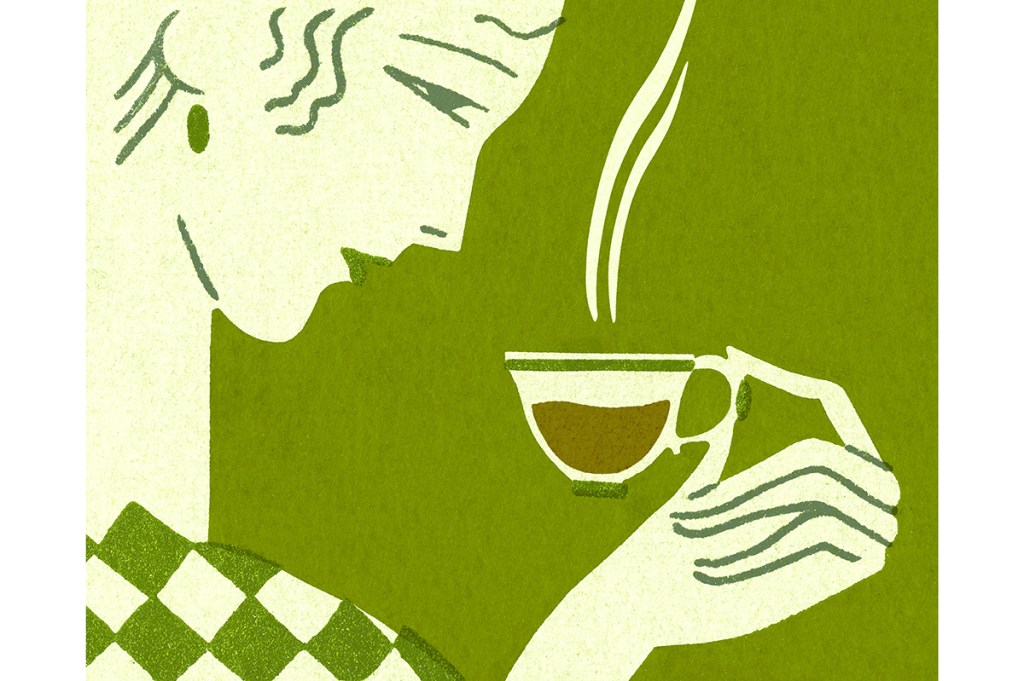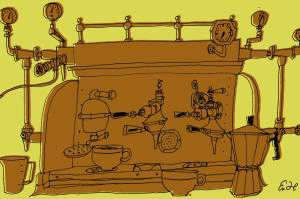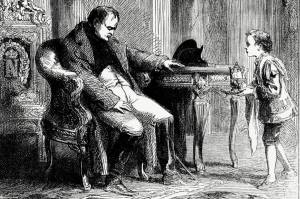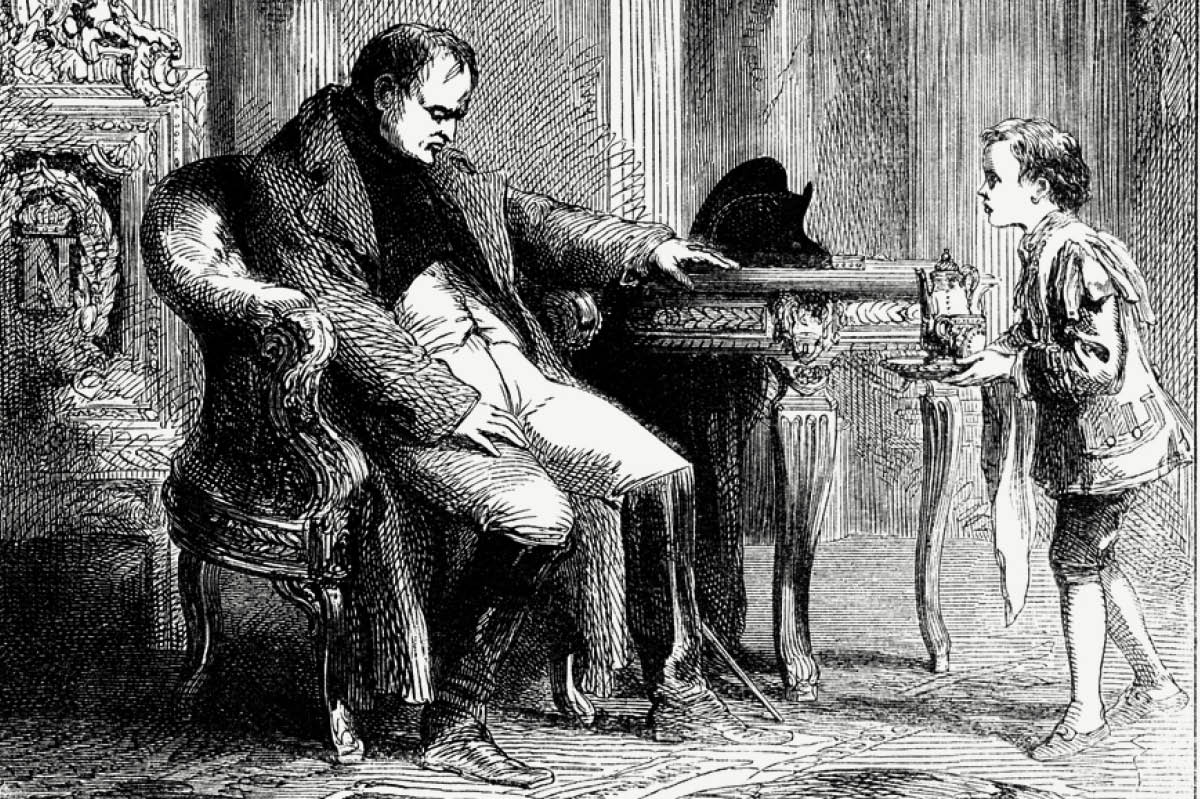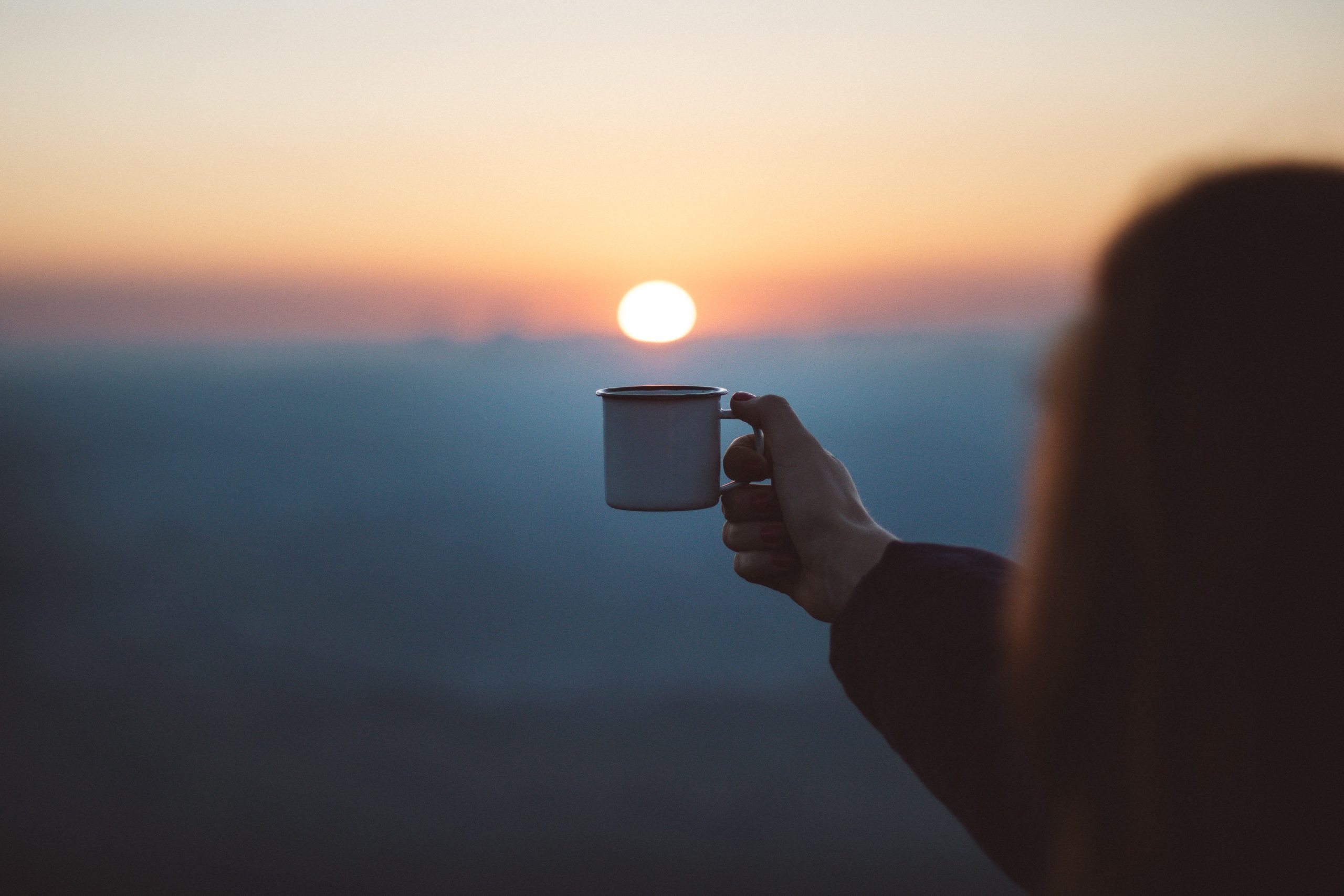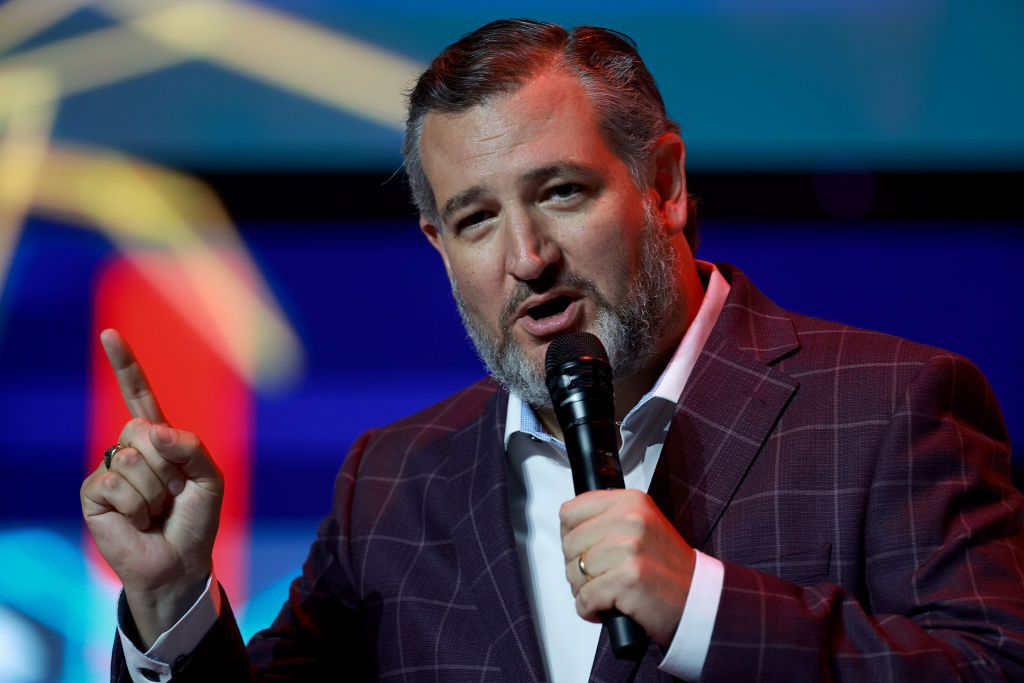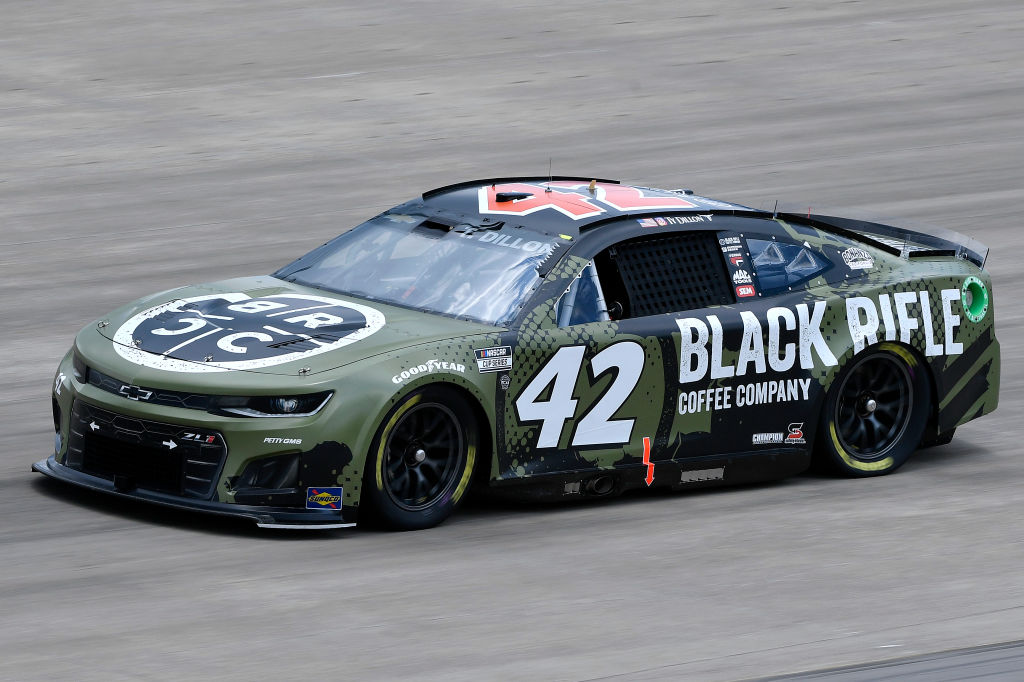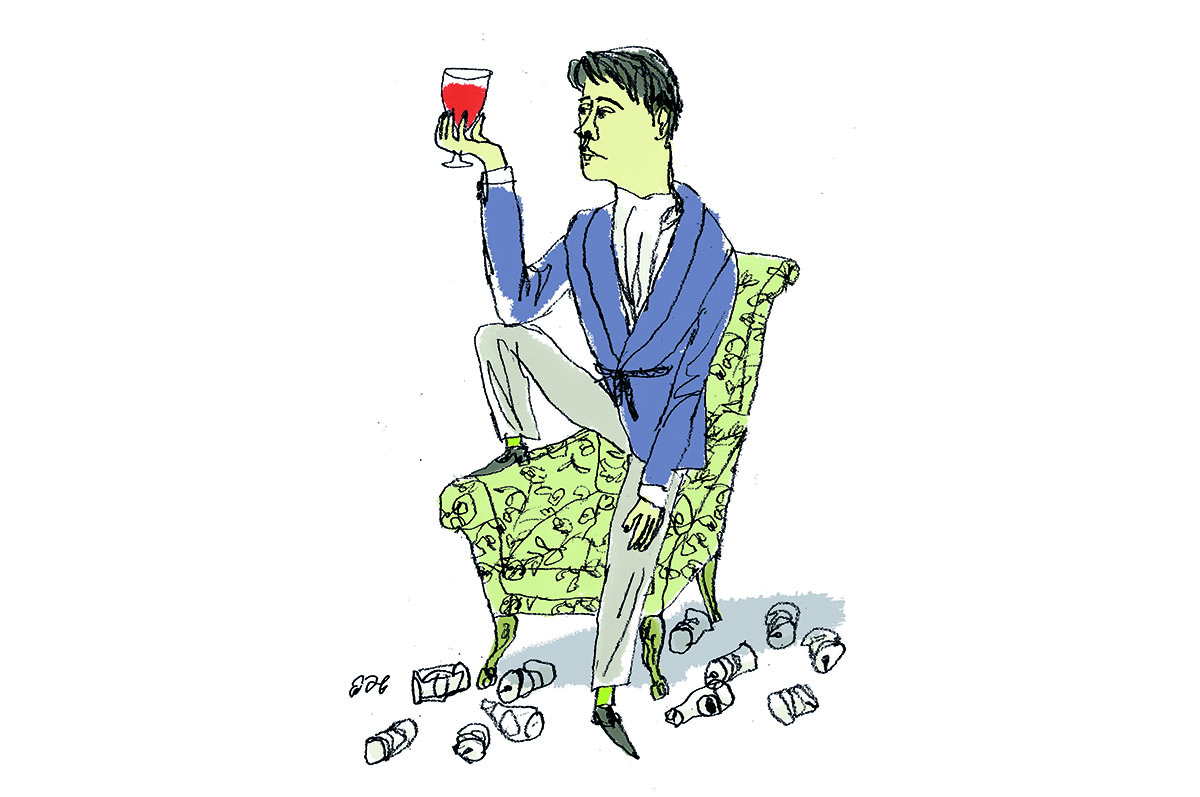We all have our daily rituals. We’re told they’re a necessity to live a healthier, happier, more productive life. Some pride themselves on an early start, a morning jog, or a half hour spent journaling in their wellness notebook. Not a morning person, I’d be nervous to jot down — and read back — my view of the world at 7 a.m., so I’ve never taken up the fad. But I reserve no judgment for those who do.
Why then, is there such judgment about my routine, which every day involves fueling up on decaffeinated coffee?
To be fair and objective, I’m guilty of nothing more than ‘fitting in’. Coffee ranks as one of the most popular drinks worldwide, with more than 400 billion cups consumed every year. Far from being controversial, my measly one or two cups each morning fit the global trend of using java to start the day. But experience has taught that once you throw caffeine out the window, logic follows too.
Coffee connoisseurs debate the best roasts and brews, but all views are given a hearing. Good faith is assumed. Everyone sits under the same, albeit large, tent. Not the decaf defender: we’re on the outskirts, mocked for our choices. There’s a shame that hovers over every order: colleagues scoff when doing the coffee and tea round. Friends roll their eyes when out at brunch. Baristas put on the polite, brave face, as if you’ve ordered the equivalent of burnt toast or an overdone poached egg.
I know the look well: I used to make it. Working in a coffee shop over the summers during university, I had little time for the decaf customer. As far as I was concerned, this was the jackpot job: surrounded by nutty, bitter-sweet aromas, the hustle and bustle of customers rushing in to get their coffee and out to catch their trains. There were endless coffee options, and I got to sample them. I was the keeper of the caffeine: the person who stood between a customer and their energy kick, their wake-up moment, the determining factor in whether the day would be good or bad.
Then the decaf customer would mosey in, select our only decaf blend. No fun for me to make or for them to drink, I would think, passing them a beverage that would leave them feeling exactly the same after they drank it as before. ‘What’s the point?’ I thought. ‘Might as well stick to water.’
It’s the question every decaf critic asks: why drink coffee with no kick? The answer, I learned years later when I made the switch, is simple: it essentially has all the same benefits. Decaf coffee is not caffeine-free. Ninety-seven percent of the caffeine is removed: you end up with substantially less than what you’d get in a normal cup, but not nothing. It’s the sweet spot for people who are prone to shakes, headaches and sleepless nights: a way to get a little boost of energy while largely avoiding the caffed-up side effects.
And despite constant attempts by the killjoys to undermine a cup of Joe, coffee provides health benefits, and the decaf version is no exception. An umbrella review of hundreds of studies conducted in 2017 by the British Medical Journal found moderate coffee consumption was ‘more likely to benefit health than harm’ it. No ‘convincing harmful associations’ were found between decaf and a person’s health, while positive links were found in reducing cardiovascular mortality and Type 2 diabetes.
Meanwhile, the production of decaf coffee has come a long way since 1903, when a German coffee merchant, Ludwig Roselius, processed a shipment of coffee beans that had accidentally been soaked in seawater, to see what the result would be. (He discovered that the beans were drained of caffeine, but retained some flavor; a wholly unappetizing experiment.) But today, processes involving solvents and water offer flavorful and varied options to an ever-growing market.
A report last year estimates that the value of the roasted decaf market will rise to $2.8 billion in the next six years. It’s not just older folk taking a step back from their caffeine highs: millennials are also increasingly interested in going caffeine-light. Decaf is no longer the lesser option, but a real alternative.
My own love affair with coffee started early, dunking biscotti into Dad’s coffee mug when mom wasn’t looking. It hit its peak in the coffee shop, discovering my disturbingly high level of tolerance for espresso shots after 5 p.m.; I thought the affair had come to an end after an ill-fated experience with an after-dinner cappuccino which left me shaking and unsteady all night. After a similar run-in with my elaborate Starbucks order a few days later, it dawned on me that I may have reached the end of my caffeinated run.
It was decaf to the rescue. On top of the (small) kick, the health benefits and the delicious taste, it offers what caffeinated drinkers most crave too: a moment in the day, maybe two, when the clock stops and the deadlines pause because it’s time for a coffee. Some respite and calm in an otherwise chaotic world. No shame in that. None at all.
This article was originally published in The Spectator’s June 2021 World edition.



